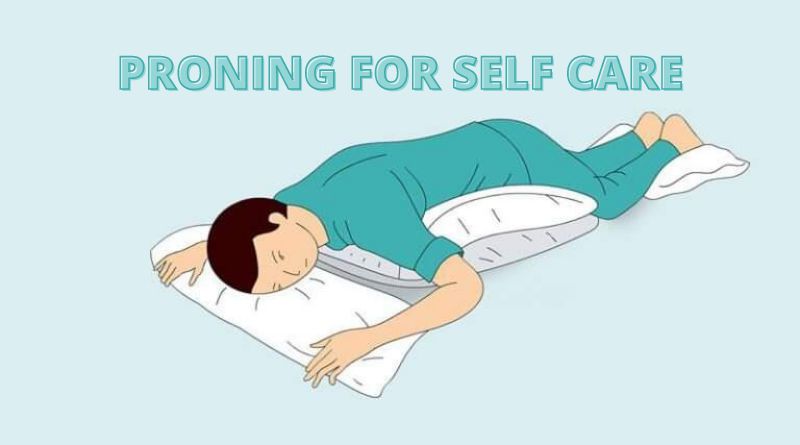With the introduction of the second wave of Covid-19 attacks, the number of new cases in a week nearly doubled over the past couple of months. Among the several nations suffering due to the second wave Covid-19 attacks, the condition of the Indian subcontinent is the worst. Today, most of the Indians are gasping for oxygen and lining up outside the hospitals. According to the medical practitioner, conditions like shortness of breath and fluctuations in oxygen levels are the significant symptoms of coronavirus.
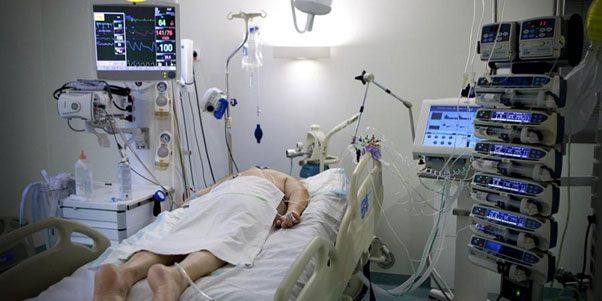
When most of the areas in India, including Delhi, Mumbai, and Bengaluru, are experiencing massive medical oxygen shortages during the second wave of Covid-19, most of the medical practitioners are advising their patients, especially those who are in the home isolation, to lie on their stomachs or prone to improve the oxygen level in their blood. While it might help some patients restoring healthy oxygen levels (SpO2 level or blood saturation), it can also help critical patients for some time until adequate medical attention.
What is Proning?
Following the guidelines stated by the Union Government, proning is the process of turning the patients with precise and safe motions from their back onto their abdomen or stomach, so the individual lies facing their face down. The guidelines also state that timely proning and maintaining good ventilation might save several lives of the patients.
According to a medical practitioner in Bengaluru, the proning position improves ventilation and perfusion(blood circulation through tissues) in patients. As more air passes through the lungs, more blood passes through the body tissues. Besides, it is a low-risk and cost-effective maneuver helping patients with Covid-19 pneumonia delay and reducing intensive care requirements.
However, proning is a method for critical patients, as once you turn the patients on their backs, the oxygen levels in the blood will go back to the same level. Instead, it is a measure taken to get some extra time for medicines to act in critical care conditions. Today all the hospitals across the country are following the same treatment method in their ICUs and other wards.
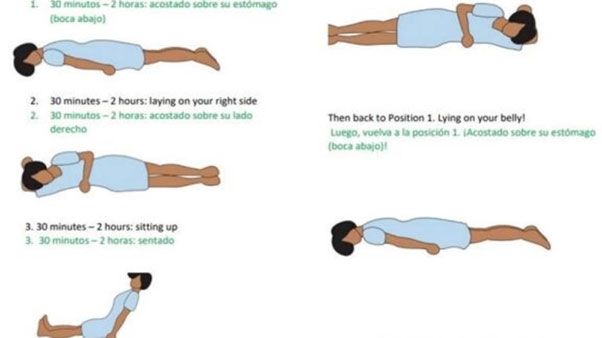
Importance of Proning
The proning position helps change the configuration and pressure within the chest cavity, such that the air we breathe can more efficiently encounter the patients’ lungs, which remain unaffected by fluid and inflammation. However, if a patient’s lungs have massive fluids and inflammations, exercises will not help, and awake proning works only with the moderate involvement of the lungs. Patients who have difficulty in breathing and a decrease in SpO2 levels below 94 require undergoing the process. However, missing out on hypoxia or compromised oxygen saturation might lead to worsening complications. Regular and timely proning along with maintenance of good ventilation is effective in saving many lives.
Requirements of Proning
During the proning process, a person will need five pillows and a flat surface for lying down. Arrange the pillows in order as stated by the United Government. Place a pillow under the neck of the patient, one or two pillows below the chest through the upper thighs, and a couple of pillows beneath the shin. Remember, one must not spend more than half an hour (30 minutes) in each position.
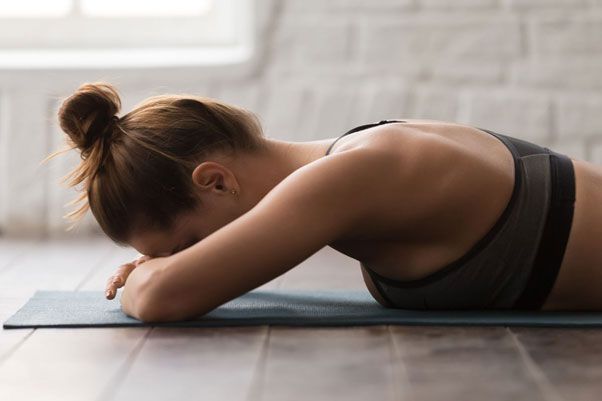
Systematic Guide in Proning
Step1: Time and Team Definition (Responsible: Physician, Physical Therapist, and Nurse)
The physician defines the requirement for performing the prone maneuver. In conjunction with the physiotherapist and the nurse, the physician identifies the members of the teamby name and determines the time of the manoeuver. The prone manoeuver team comprises six members- a physician, a physical therapist, a nurse, a couple of technicians, and a physical therapist or nurse or technician responsible for reading and checking the items present on the checklist. The person responsible for reading the tool must not participate in the procedure. If you find a patient with a chest drain, the team must add another member who would take care of the bottle and drain.
Moreover, the team must never perform X-rays while the patients are in the prone position. Conducting X-rays might cause risk to the catheter and endotracheal tool during the examination. Conducting an X-ray in the prone position. The result might get impaired, as most physicians and other medical professionals cannot interpret the results when the patient lies in other positions.Alternatively, professionals perform thoracic echography for evaluating the pulmonary parenchyma and catheter position.
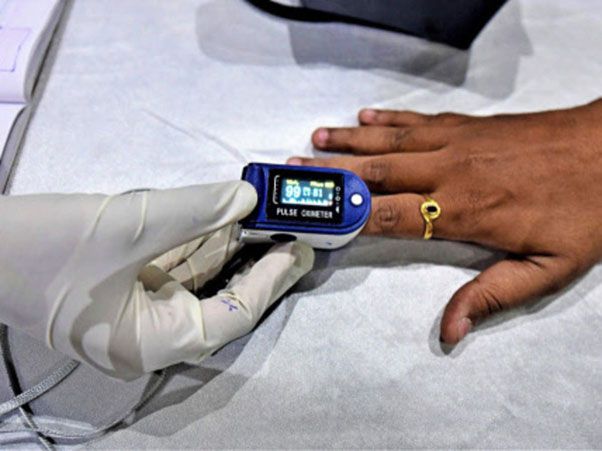
Step 2: Provide Cushions (Responsible Physical Therapist)
Once the physician identifies the requirement for manoeuver, the physiotherapist prepares cushions for supporting the face, chest, pelvis, wrist, and anterior leg region.
Step 3: Pre-Manoeuver Care (Responsible: Nurse)
The nurse performs the pre-manoeuver steps, which the team checks after assembly. The nurse and the technician carry out specific tasks before the designated time. The tasks include nutritional care and material care. The nutritional care involves suspended feeding and opening the nasoenteric tube a couple of hours before the procedure. The material care includes providing cushions, placing the crash cart and intubation unit, close by test aspiration equipment, and bag-valve-mask device.
Step 4: Team Assembles for Performing Manoeuver
All the designated professionals must assemble at their positions beside the patient as per the time predetermined. The physicians are positioned at the head of the bed for coordinating the rotation and promptly re-intubate in case of accidental extubation. The nurse and the physical therapist must be present on each side of the patient’s body. The nurse and the physiotherapist must position themselves on either side of the patient’s legs. However, if the patient is obese, a couple of people requires an addition to the team. A team member who remains uninvolved in the manoeuver must perform the checklist.
Final Thoughts
The application of the checklist when performing the prone manoeuver made the manoeuver safer and more reliable. While applying the procedure, it is mandatory for the presence of the entire team. The team will ensure that all the items are present as mentioned in the checklist and be aware that performing them is mandatory for the success of the procedure. Communication is the crucial element for the success of the procedure, which the checklist makes happen in the best possible way.

Namaste UI collaborates closely with clients to develop tailored guest posting strategies that align with their unique goals and target audiences. Their commitment to delivering high-quality, niche-specific content ensures that each guest post not only meets but exceeds the expectations of both clients and the hosting platforms. Connect with us on social media for the latest updates on guest posting trends, outreach strategies, and digital marketing tips. For any types of guest posting services, contact us on info[at]namasteui.com.

